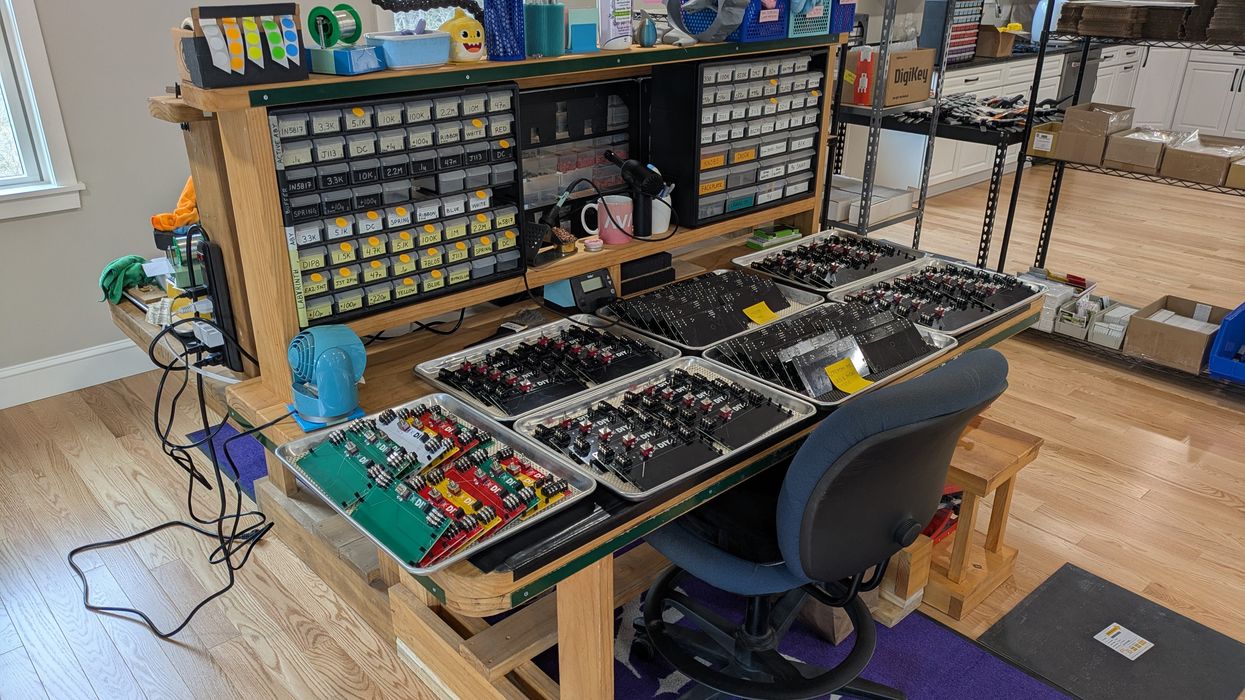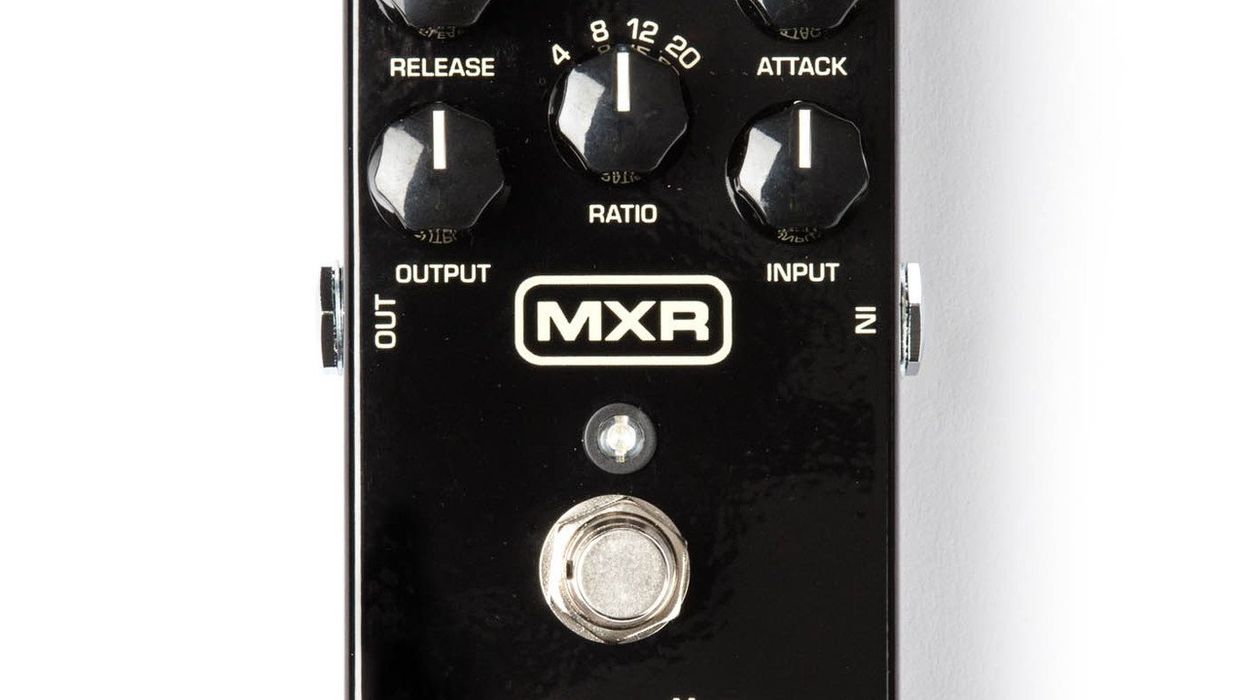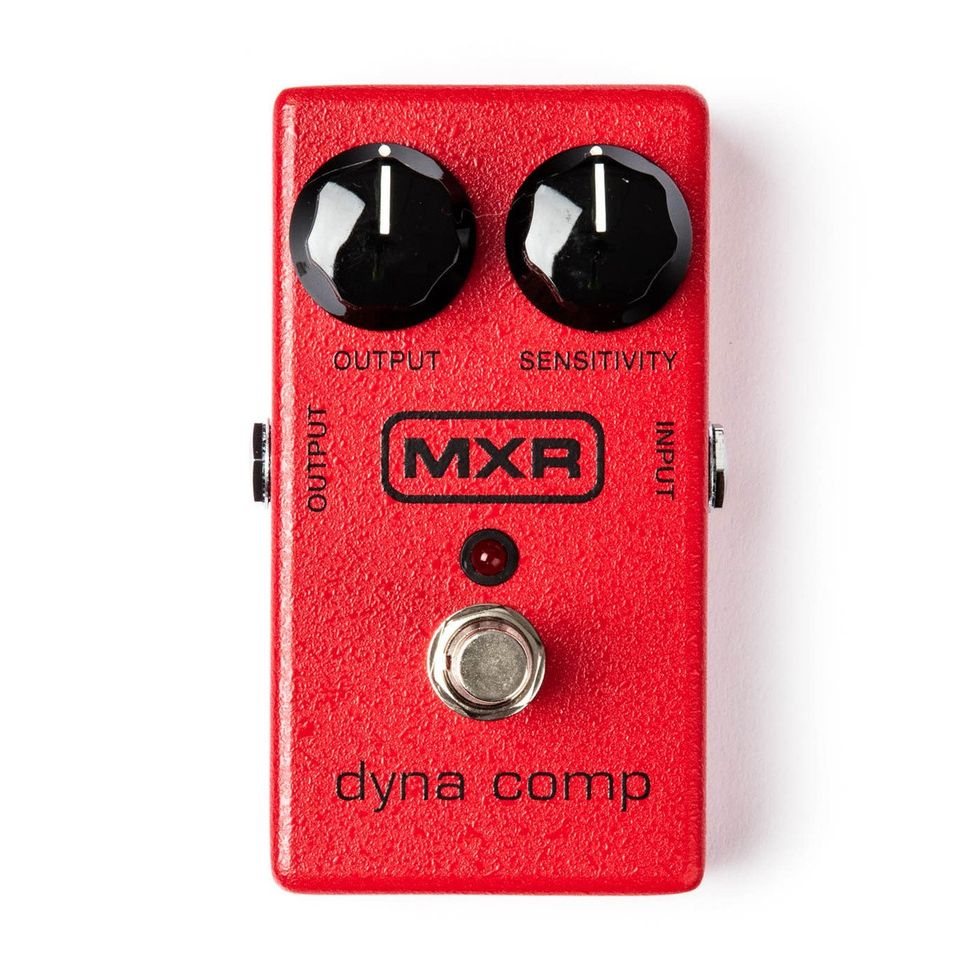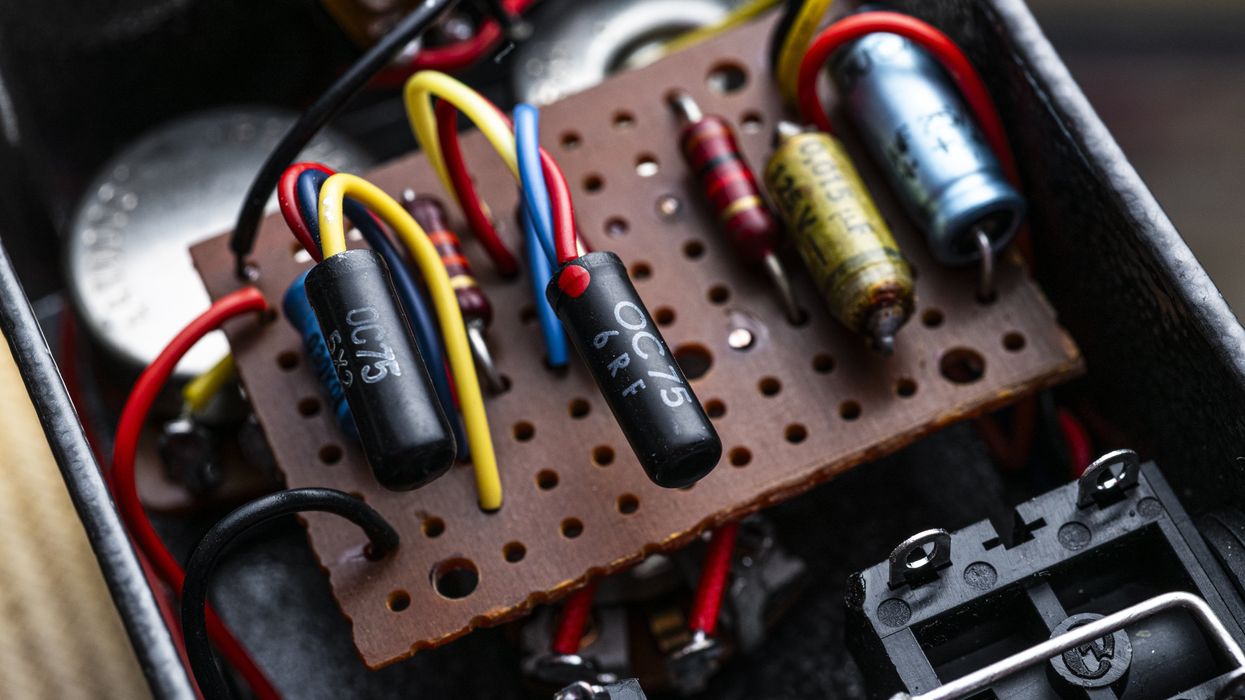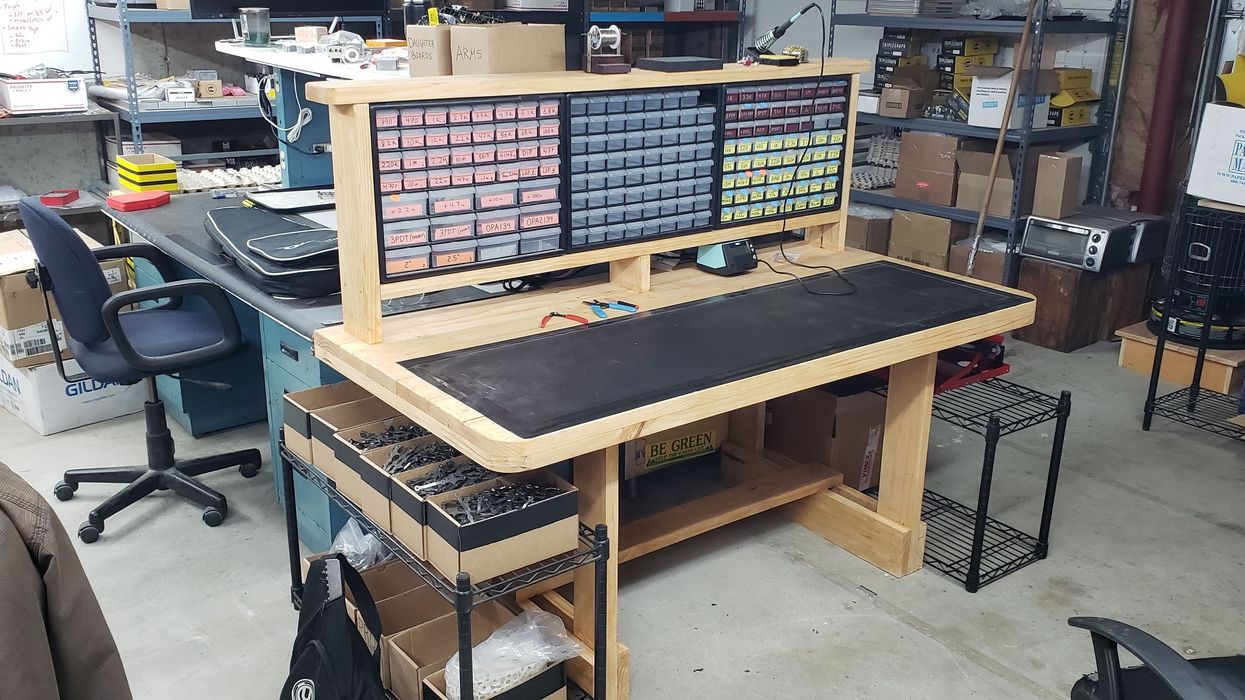“Are you guys going to NAMM this year?” This is a question I’ll receive from industry friends as soon as the next NAMM show is remotely out of view. For the uninitiated, NAMM is the National Association of Music Merchants—the largest U.S.-based trade show for any company or person involved in the music industry. It’s a trade show attended by a full range of “anybody who is anybody.” At least, it used to be….
Vendor attendance at the big show has changed over the last few years. There are several factors for discussion here—cost, logistics, booth preparation, return on investment (ROI). ROI is the main concern that I come across when chatting with friends in the industry. Networking is one of the biggest factors that NAMM had going for it. Now, in the age of the internet, that NAMM-only value has diminished. Top that off with a Covid shutdown and major companies finding out that they can prosper without the NAMM show, and you get the current state of the show.
I’d like to make it clear that this is in no way meant to disparage NAMM, its employees, or its attendees. My company has presented at both the summer and winter shows over a five-year lifespan. Those outings were overall positive experiences that created lovely memories and relationships. However, I’m highly skeptical that the cost was worth those experiences and relationships. Herein lies the main discussion. Not, “Do we really need NAMM anymore?” but, “What else can companies do besides NAMM?” This topic instantly gives me David vs. Goliath imagery.
“Nothing that I’ve mentioned here is new, revolutionary thinking by any stretch. It’s simply a call to attention.”
Much like how we appreciate and seek out small music stores because of the unique inventory offered and customer services rendered, I believe these stores can offer those very things in the form of mini trade shows—small stores hosting live, in-store events consisting of small builders, specially curated for local musicians and enthusiasts. I’ve had the pleasure of attending these expos around New England, to the degree that I’ve been inspired to encourage and help music stores host events just like this.
These small shows aren’t uncommon or unheard of. Even Reverb sponsored a small-builders expo at Chicago Music Exchange last August, so these events are definitely on the radar. Likewise, the Brooklyn Stompbox Exhibit is a recurring show that has become quite popular with guitar and synth players over the years.
So, what can we do to assist in this NAMM-alternative era? I’d break it down into three sections: create, organize, and attend. I’m actively working towards creating and organizing small expos that would be hosted by music retailers. The core model is pretty straightforward:
Step 1: A music store invites brands that they already carry (and possibly some that they don’t).
Step 2: Those brands attend the show with demo stations to display their product line.
Step 3: The store and attending brands promote the event through any and all channels available.
Step 4: People attend the show and try out gear while getting to chat and engage with the builders.
Some expos like to incentivise their events with giveaways and the like. These stores also have a propensity to tailor the show to their specific/local community or customer demographic. All of these things help give the shows their own character and vibe.
Nothing that I’ve mentioned here is revolutionary thinking by any stretch. It’s simply a call to attention. So, let these closing remarks be my plea to music store owners, their employees, boutique builders, and members of the community: I encourage you to start the conversation about hosting your very own in-store gear expo and inviting brands to attend, even if it’s focused solely around the brands that are local and semi-local to your store. I would love to see “mini NAMM” shows all around the country throughout the year. As we’ve witnessed with NAMM, these events have great potential, but they have to start somewhere. The very first Academy Awards ceremony had an attendance of 270 people and was hosted on a Thursday.
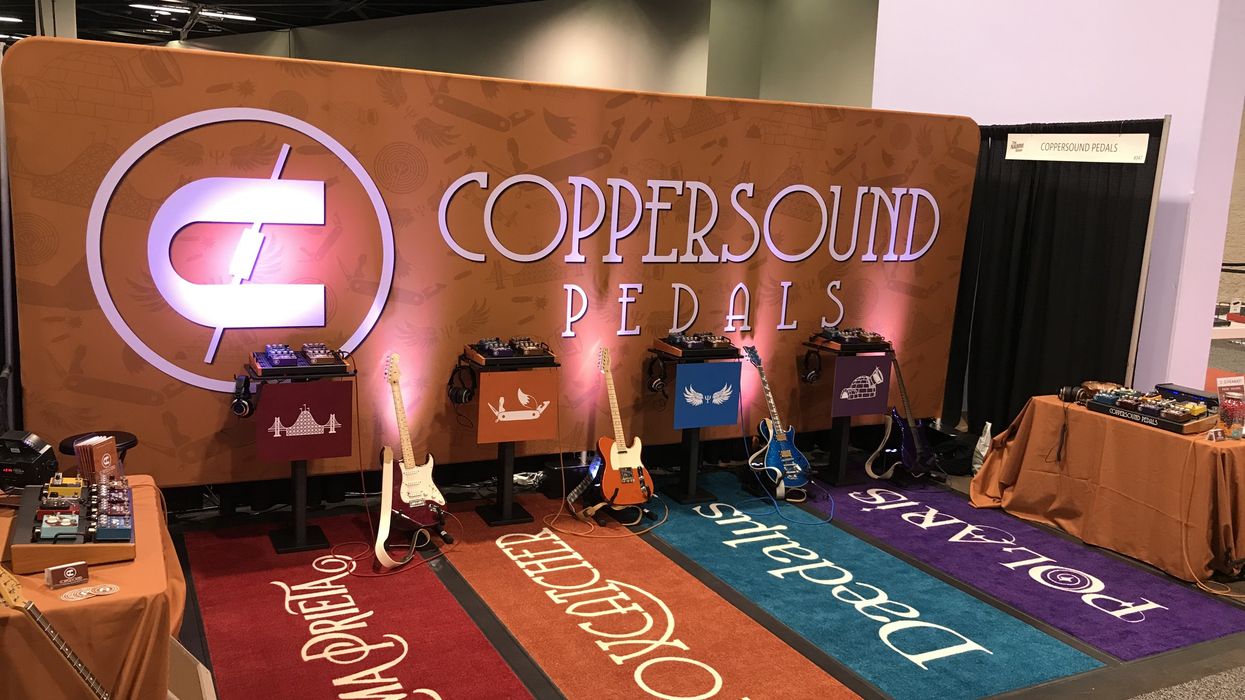

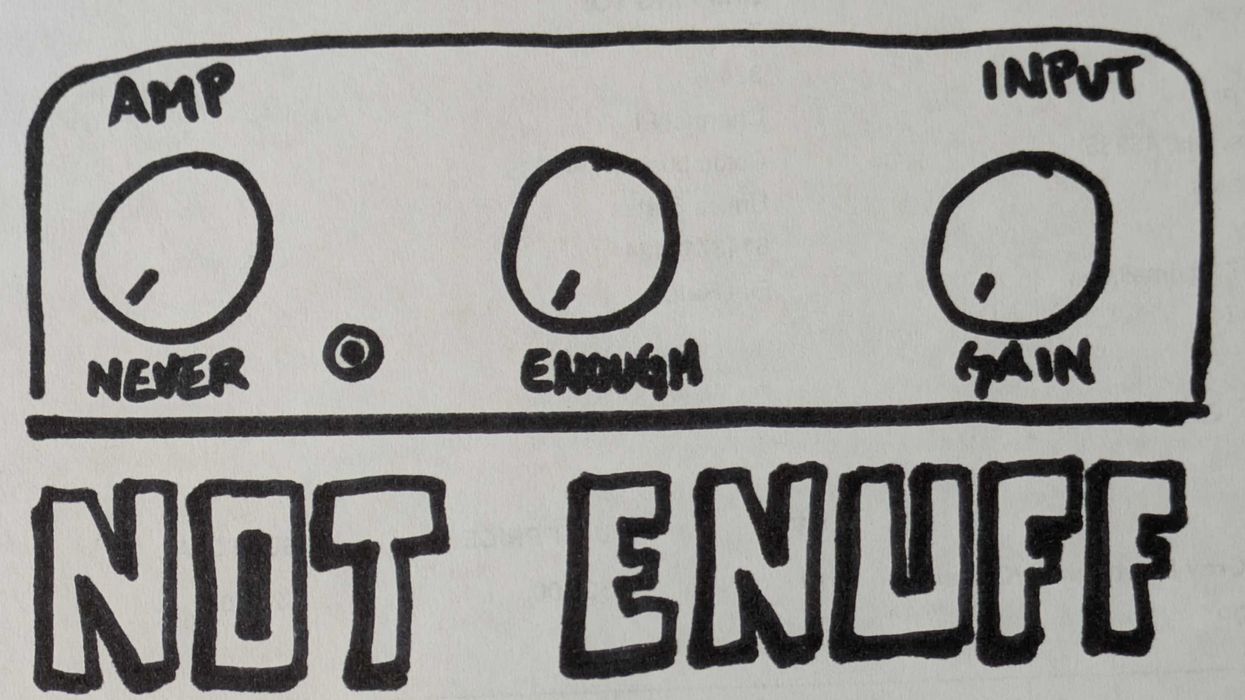
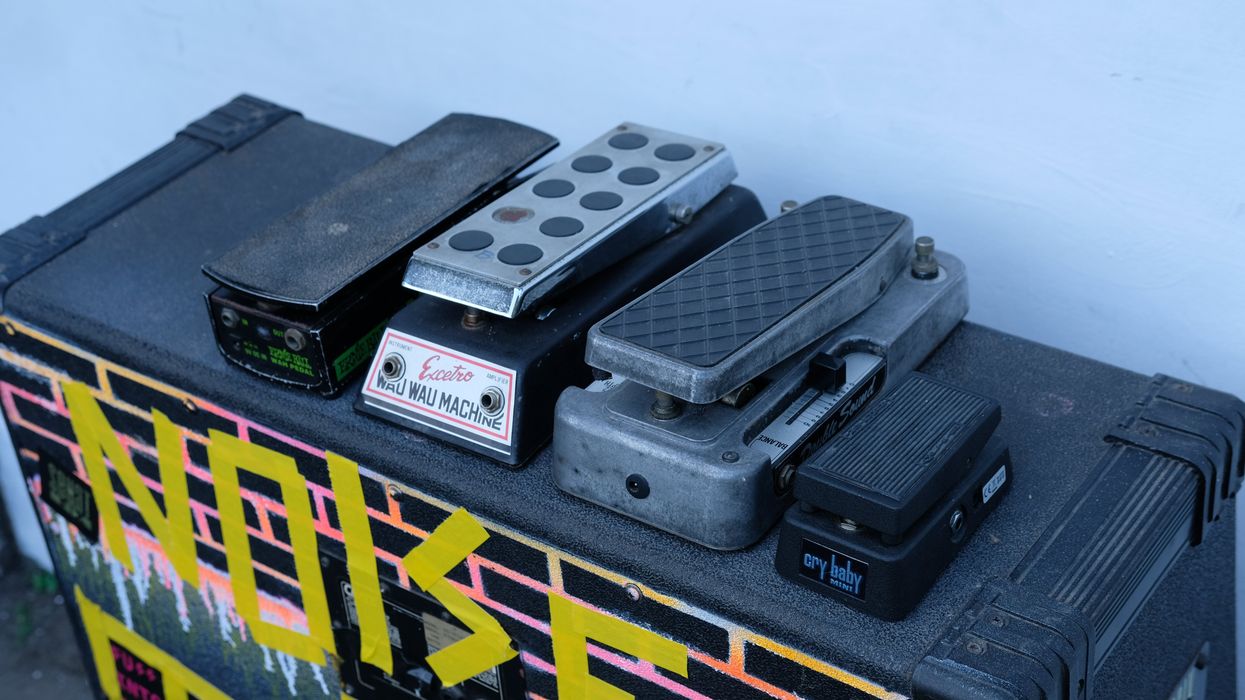
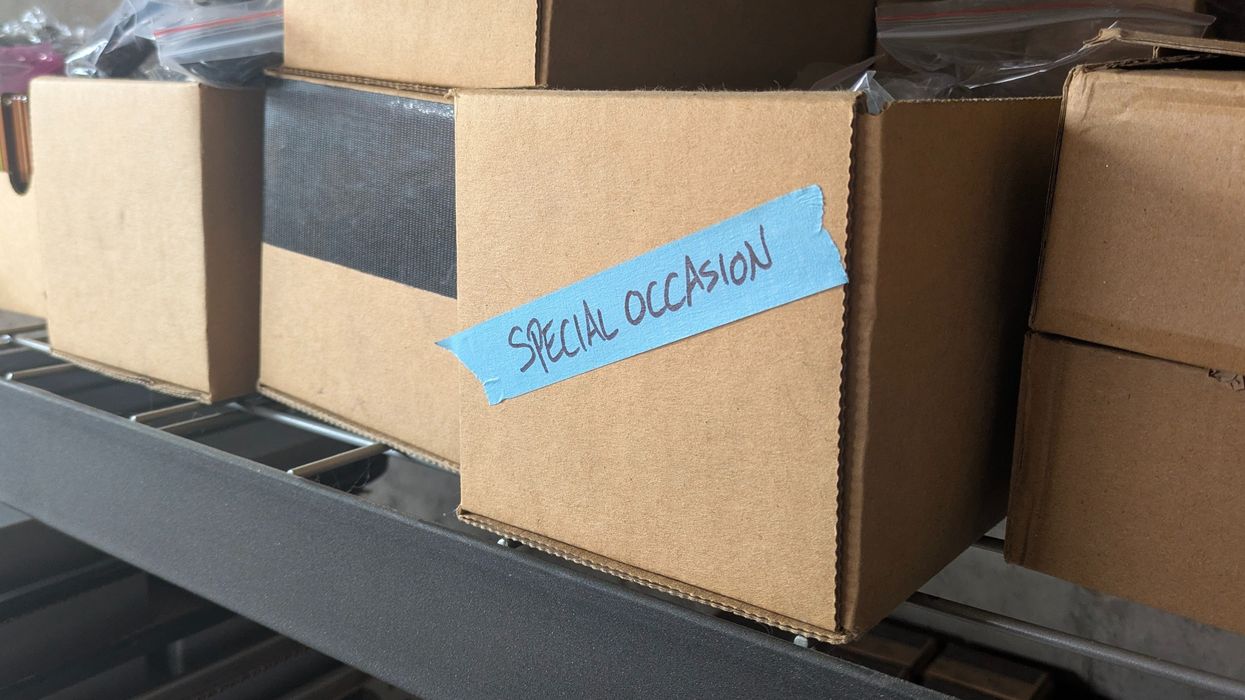
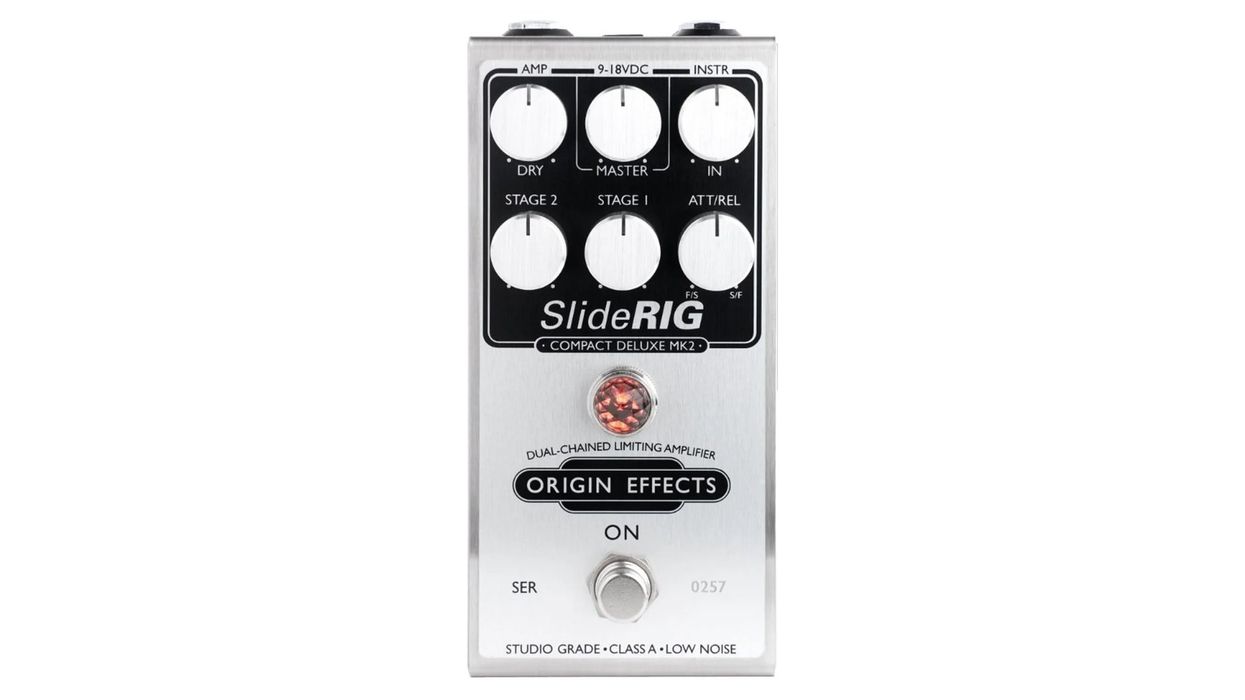
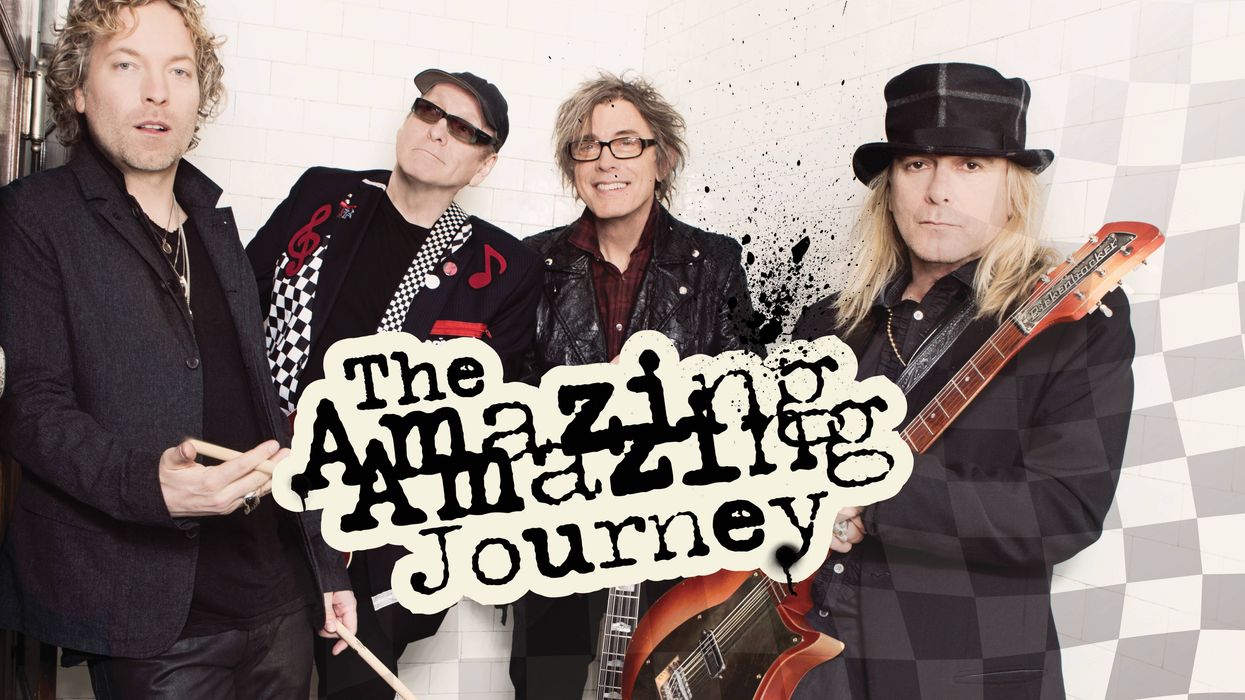
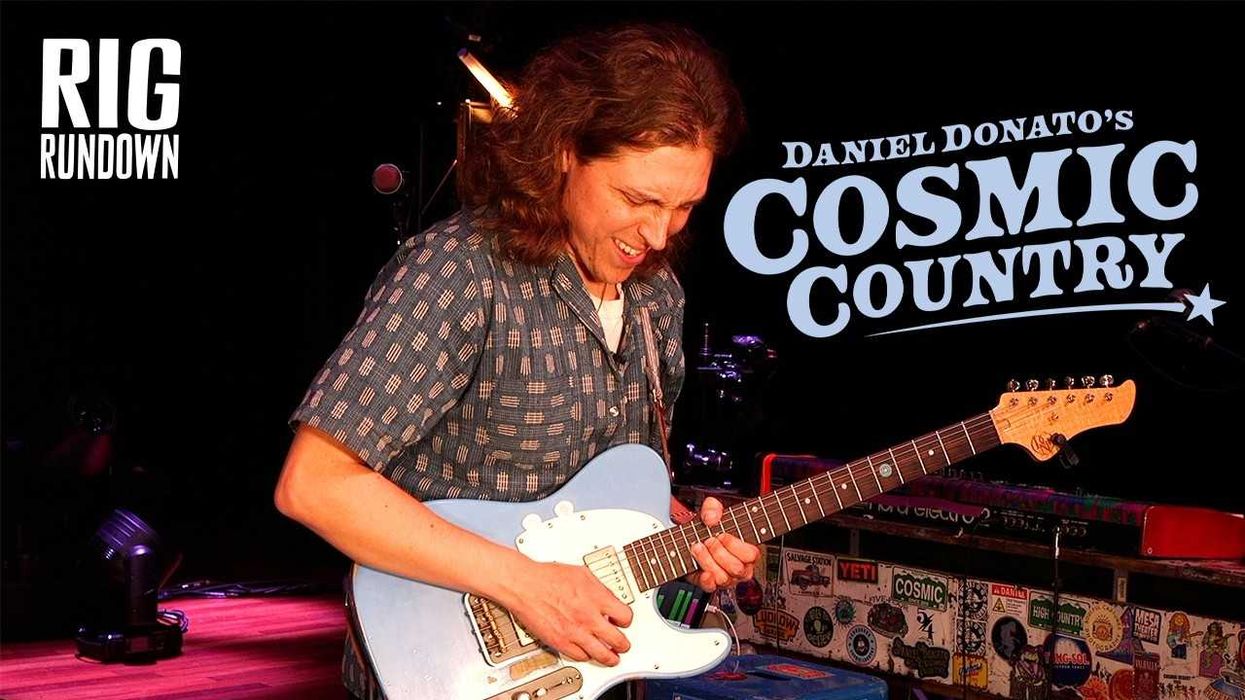

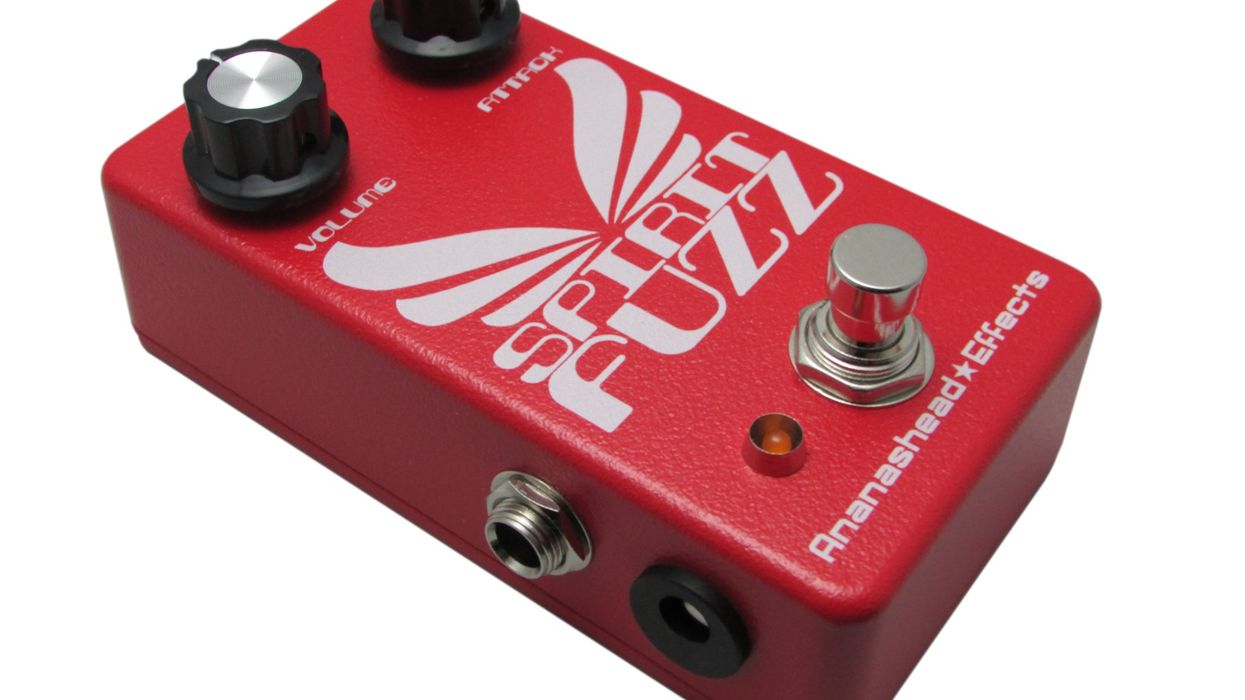
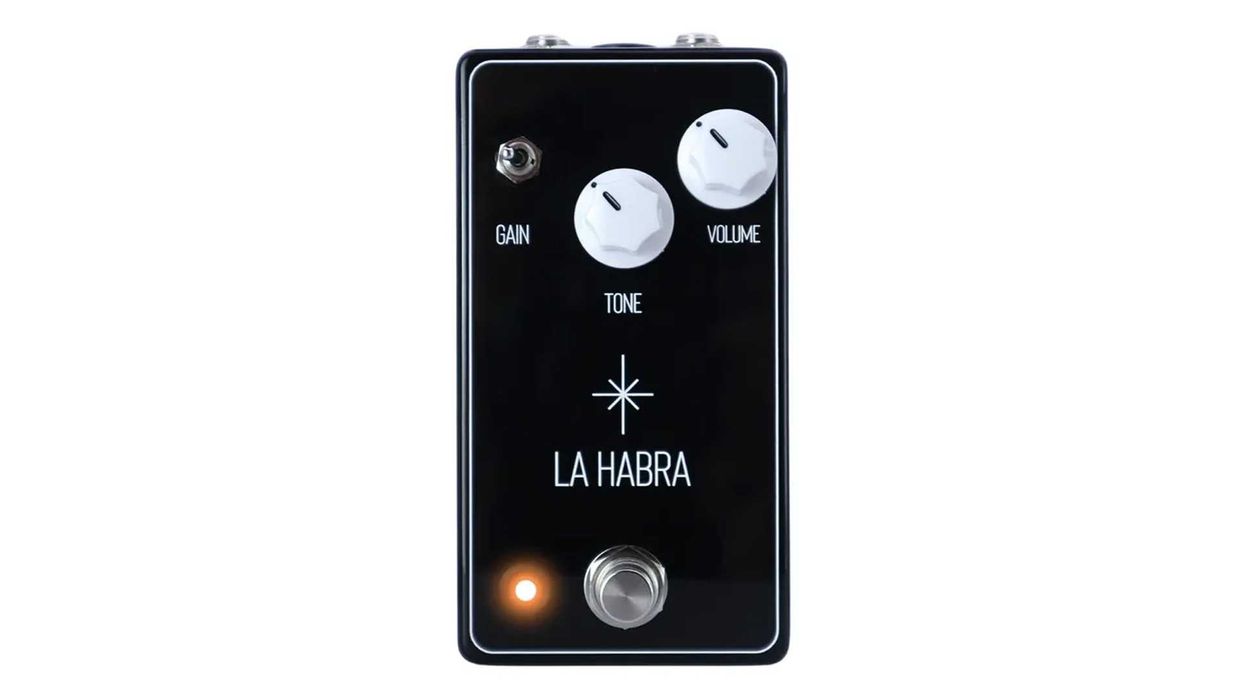
![Devon Eisenbarger [Katy Perry] Rig Rundown](https://www.premierguitar.com/media-library/youtube.jpg?id=61774583&width=1245&height=700&quality=70&coordinates=0%2C0%2C0%2C0)
